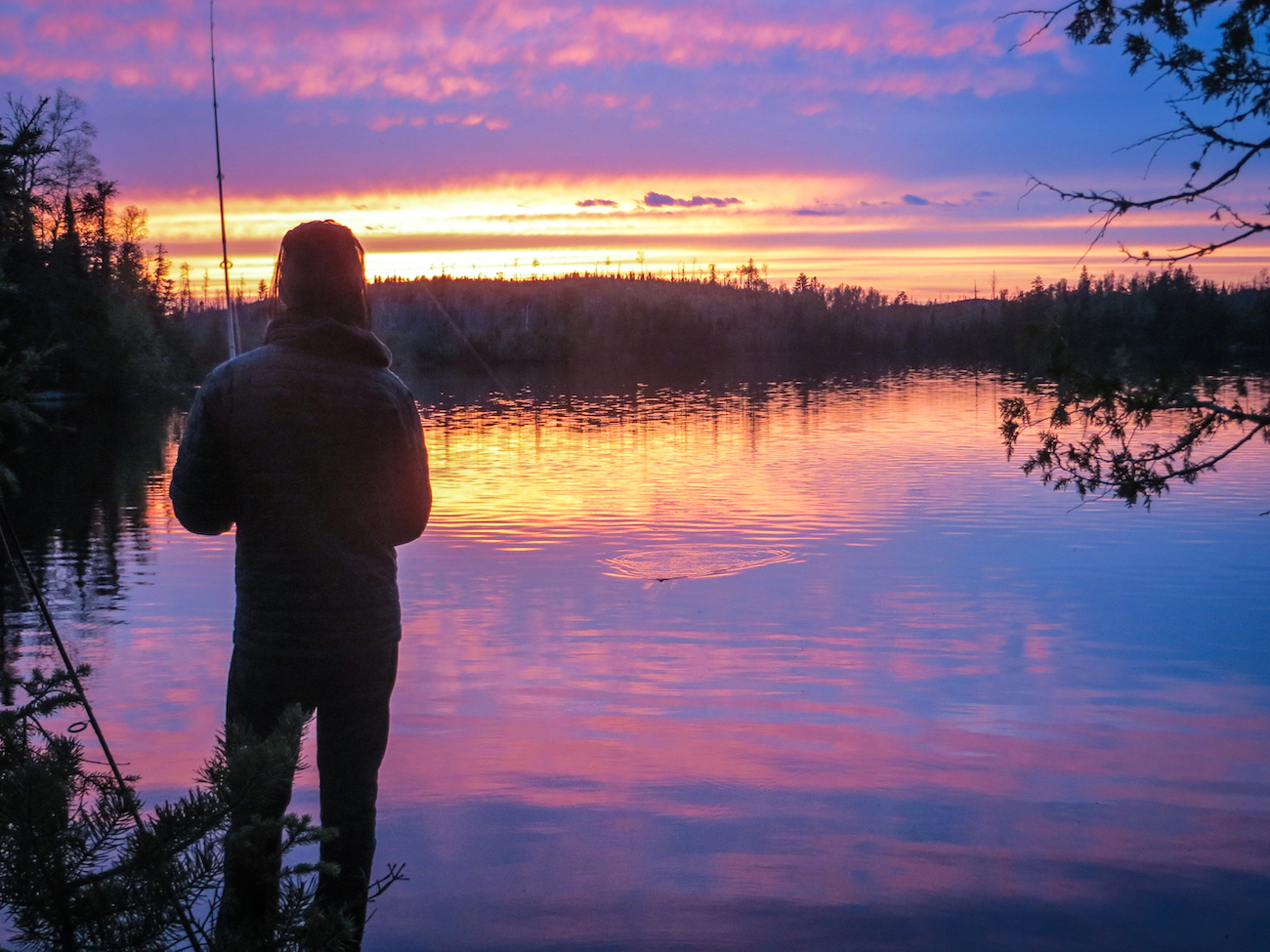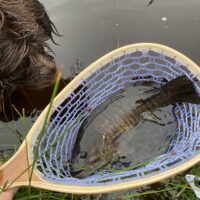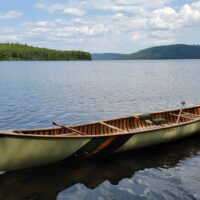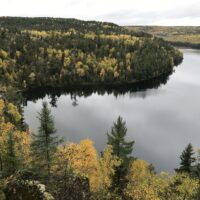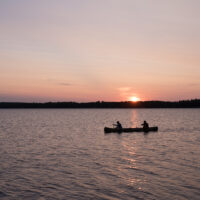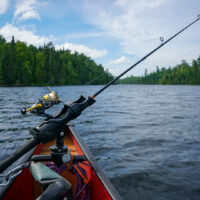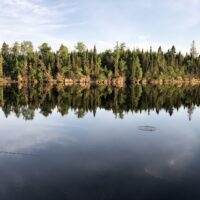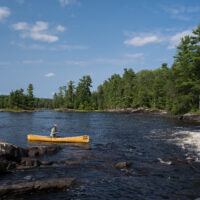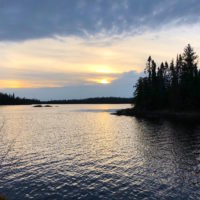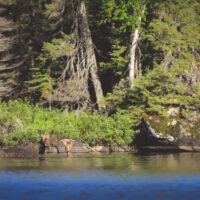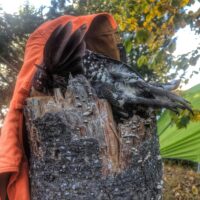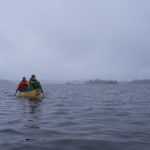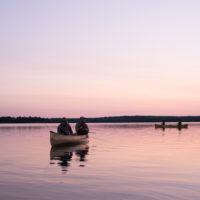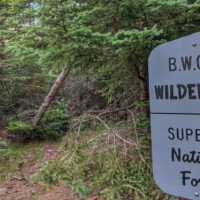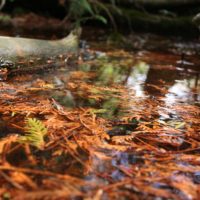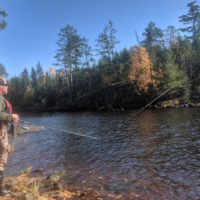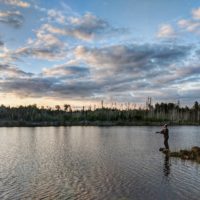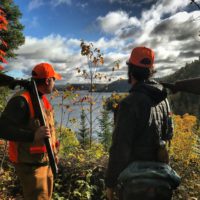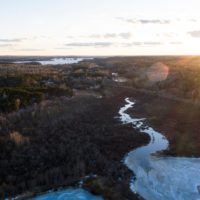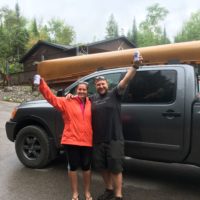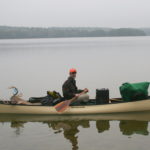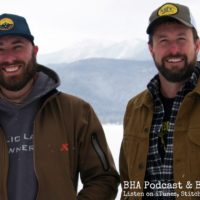20-Year Protection for the Boundary Waters is A Big Deal
February 8, 2023 8:30 amHow did we get to this point, and where do we go from here?
Since the founding of Sportsmen for the Boundary Waters, we’ve known two things: the watershed of the Boundary Waters is no place for sulfide-ore copper mining, and our passionate supporters are what make this work possible. Without the thousands of yearly visitors, businesses that outfit and house paddlers, and 1.1 million acres of America’s best fishing and hunting habitat open to the public, our work would not be possible.
Not long ago, a copper-nickel mine proposed just outside of the BWCA was proceeding through the federal environmental review process when we decided to take a stand. Since then, Sportsmen for the Boundary Waters has rallied with you, in-person and online, in the halls of Congress and the Minnesota Legislature, and stood with our community in defense of America’s most-visited Wilderness Area.
At the beginning of 2023, thanks to the conservation efforts of hundreds of thousands of people and years of tireless advocacy, we saw monumental protections announced across the country for three of our most iconic wild landscapes in the Boundary Waters, Bristol Bay, and Tongass National Forest.
We’ve sent tens of thousands of comments to federal agencies, brought Boundary Waters stakeholders to meet with their elected officials, and done all we can to shine a light on the process to protect the BWCA with full public participation and transparency. With your help, we finally achieved our goal of protecting the Boundary Waters from sulfide-ore copper mining.
On January 26th, 2023, Interior Secretary Deb Haaland cemented historic protections for the Boundary Waters by signing an order to withdraw approximately 225,504 acres of public land in the Rainy River Watershed of Northeast Minnesota from federal mineral leasing for 20 years. The mineral withdrawal order will now ban federal hardrock mineral leasing upstream of the Boundary Waters and Voyageurs National Park.
The monumental decision ensures future generations of hunters, anglers, and Wilderness paddlers will bring their children to fish for lake trout, chase grouse, and share a campfire under the stars in America’s most visited Wilderness for decades to come.
But how did we get here?
The past eighteen months have seen an onslaught of announcements that influenced the latest decision by the Department of the Interior. From the U.S. Forest Service announcing its recommendation for the 20-year withdrawal to the cancellation of Twin Metal’s leases, here is the brief timeline of what got us to this point.
On October 20th, 2021, federal agencies announced a review of all hardrock federal mineral leases in the watershed of the BWCA, kicking off a two-year moratorium on any further leasing or development of new leases upstream of the Boundary Waters. This was a huge step forward for the BWCA, potentially leading to a 20-year mineral withdrawal in the region.
On January 26th, 2022, exactly a year before Interior Secretary Haaland signed the most significant protections for the BWCA in 40 years, a broad coalition of hunters and anglers applauded an announcement by the Department of the Interior to cancel Twin Metal’s federal hardrock mineral leases, citing the importance of this move to sustaining the Boundary Waters’ recreational, economic and fish and wildlife values. Sportsmen and sportswomen also commended federal agencies’ reinterpretation of the legal “m-opinion” that underpinned several previous agency decisions to allow for the granting of sulfide-ore copper mining permits and leases to be within the watershed.
On June 23, 2022, federal agencies announced a 30-day public comment period for an Environmental Assessment (EA), or a proposed study on the impacts of withdrawing hardrock mining leases upstream of the Boundary Waters Canoe Area Wilderness. That 30-day comment period was then extended 15 days to gather more input on the critical proposal.
In the Draft Environmental Assessment, the United States Forest Service proposed a moratorium on the development of any mineral leases in approximately 225,504 acres of Superior National Forest lands within the watershed of the Boundary Waters for up to 20 years.
After federal agencies evaluated the written comments and information received during the comment period, agency officials responded to concerns or questions raised by those stakeholders. Together with our partners, we submitted over 50,000 comments throughout the year supporting the Environmental Assessment and the recommended withdrawal. The final findings from the comment periods were then transferred from the Forest Service to the Bureau of Land Management for evaluation.
The Bureau of Land Management and The Department of the Interior then developed findings and recommendations for consideration by the Secretary of the Interior, who ultimately decided to establish the withdrawal period requested by the Forest Service.
The final Public Lands Order and Environmental Assessment set forth and signed by Interior Secretary Haaland resulted in a 20-year moratorium on copper-nickel mining in the Rainy River Watershed of the Boundary Waters, Voyageurs National Park, and the Superior National Forest of Northeast Minnesota. The conservation community rejoiced, and we can breathe a bit easier knowing that we now have a huge stepping stone to work from toward permanent protection for the Boundary Waters.
How do we achieve permanent protection?
Federal Legislation. On January 31st, 2023, U.S. House Rep. Betty McCollum (D-MN) reintroduced The Boundary Waters Wilderness Protection and Pollution Prevention Act in the 118th Congress. This critical legislation was first introduced by a bipartisan group of elected officials in the House of Representatives in January 2020 as H.R. 5598 and then reintroduced in April 2021 as H.R. 2794.
Understanding permanent protection legislation. Now reintroduced as H.R. 668, Rep. McCollum’s bill would create permanent protection for the Boundary Waters from any future sulfide-ore copper mining mineral leasing in the Rainy River Watershed of the Superior National Forest while exempting sand, gravel, granite, iron ore, and taconite mining. The bill would also allow continued use of the Superior National Forest for ongoing mining and logging operations. These are critical distinctions for the Iron Range of Northern Minnesota.
Mirroring federal legislation at the state level. Just past the new year, Representative Feist and Senator Morrison introduced HF 329 and SF 167: The Boundary Waters Permanent Protection Act. This legislation addresses the need for Boundary Waters protection at the state level from proposed sulfide-ore copper mining in its watershed. This bill would ban sulfide-ore copper mining on state land and prohibit the issuance of new state permits, licenses, or leases for sulfide-ore copper mining in the Rainy River Watershed, essentially mirroring at the state level what H.R. 668 does at the federal level.
On the heels of the announced 20-year mineral withdrawal, the vital legislation at both the state and federal levels represent the final step towards ensuring Boundary Waters protection in perpetuity from sulfide-ore copper mining for future generations of hunters, anglers, and paddlers.
What’s next at Sportsmen for the Boundary Waters?
Our work to permanently protect the Boundary Waters through legislative action will continue to be the organization’s primary focus. SFBW will also work to build existing programs in Moose Conservation and Chronic Wasting Disease, expand into new issues at the state and federal levels, and increase our participation in the national conservation community.
Over the years, SFBW has worked with a broad coalition of conservation organizations, outdoor businesses, and supporters across the country. We’re proud to have strong relationships that we continue to build upon with partner organizations like Backcountry Hunters & Anglers (BHA), Theodore Roosevelt Conservation Partnership (TRCP), National Wildlife Federation (NWF), Trout Unlimited (TU), and many more. Our shared work with state and national conservation partners is why we’ve been able to make the impact we have on BWCA protection. SFBW will continue to nurture these relationships to work towards future conservation wins for the Boundary Waters, Minnesota, and beyond.
Thank you again to everyone that has stood shoulder to shoulder with us for years in defense of the Boundary Waters, each conservation group who has taken action to prioritize Boundary Waters protection, and our volunteers, donors, and supporters who have been on this journey every step of the way.
We would not be here if it weren’t for all of you. This conservation win is for everyone who fought for years to reach this point and who gave their all to preserve the integrity of this wild and extraordinary place. The future is bright for the BWCA, and Sportsmen for the Boundary Waters is looking forward to being around for the long haul.
Categorised in: Blog, Fishing, Hunting, Partnerships

